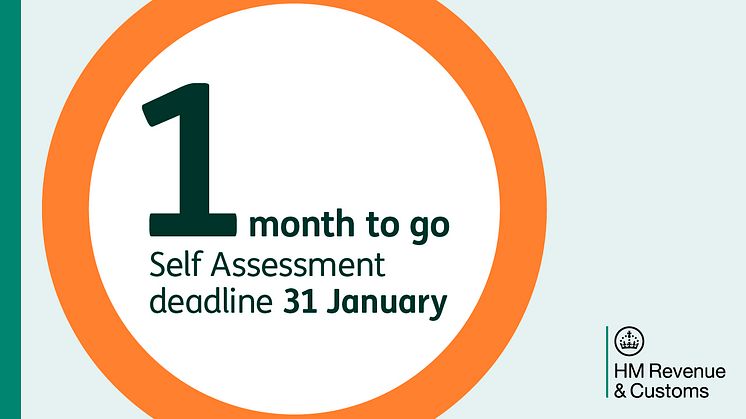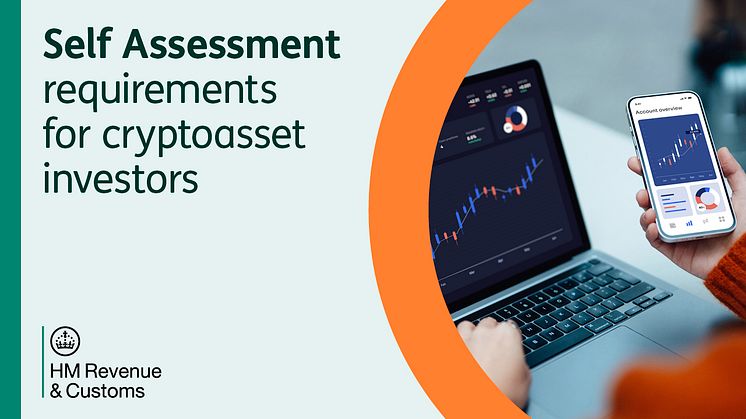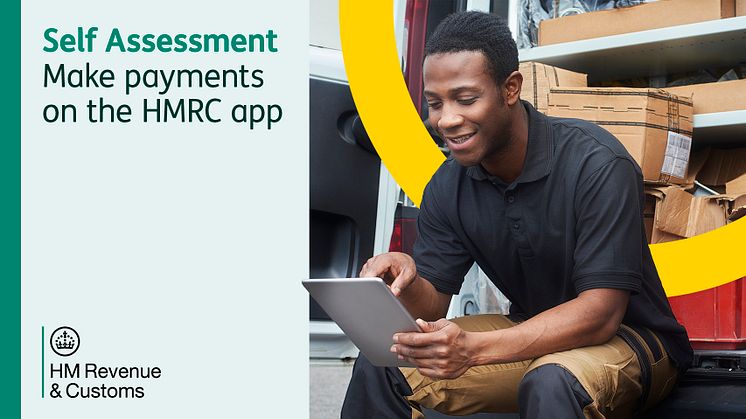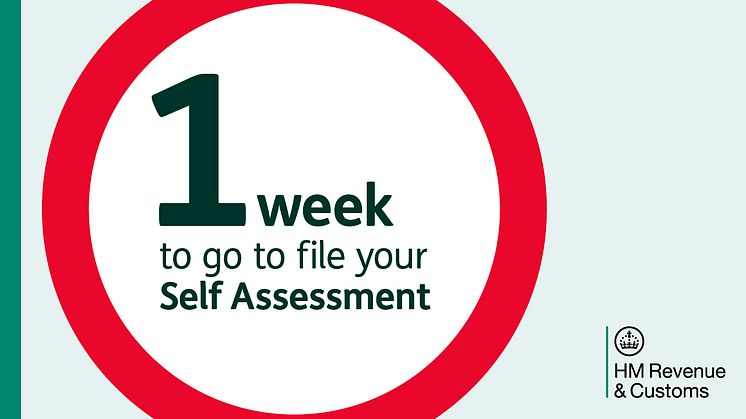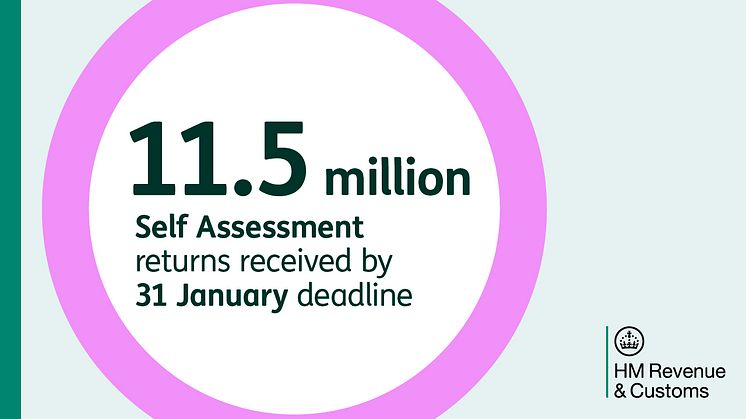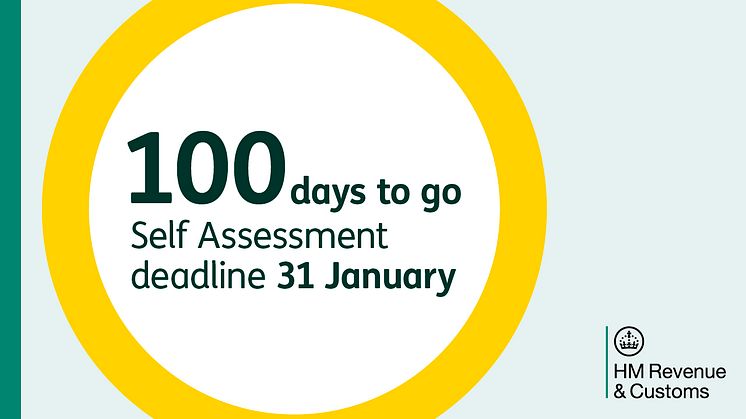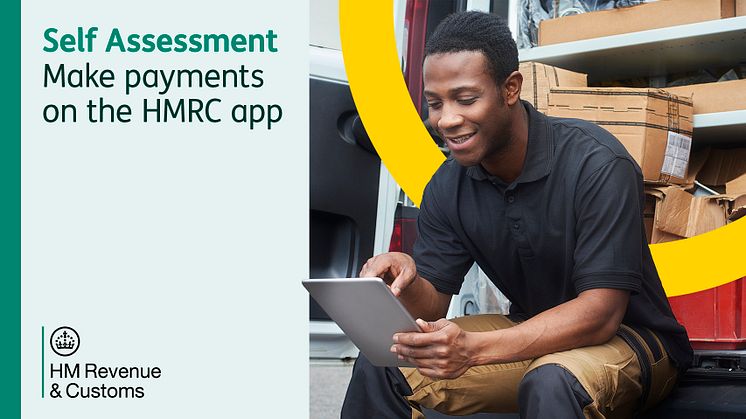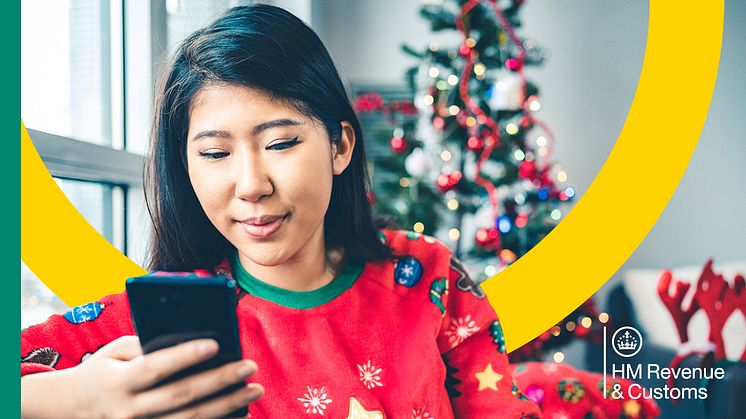
Press release -
Santa’s filed his Self Assessment, have you?
-With Christmas celebrations on the horizon, HM Revenue and Customs (HMRC) has been filming with Santa to encourage customers to tick their tax return off their to do list before his annual visit on Sunday night.
A ‘Love Actually’ inspired post will also debut on HMRC’s social channels, highlighting the help and support available so that customers can file their Self Assessment for the 2022 to 2023 tax year before enjoying the festivities. The guidance available helps customers find out what they owe, plan how to pay by the 31 January 2024 deadline and if they are due a refund.
Santa, whose preparation to file his return is shown in the reel, said:
“If you want to make sure you’re on the ‘nice list’ this year, follow my lead and get your tax return completed before I deliver the presents; who knows you may even get a tax refund to kick start the New Year.”
Myrtle Lloyd, HMRC’s Director General for Customer Services, said:
“Christmas is a busy time of year for many of us and customers are increasingly realising the benefits of getting their tax return done before Santa shows up. To get started, go to GOV.UK and search ‘Self Assessment’.”
Santa Gets Ready to do his Self Assessment - YouTube
During December and January, HMRC’s helpline is supporting customers who have queries about Self Assessment payments, repayments and those who need help completing their tax return. Expert advisers will be at hand to answer complex queries that cannot be easily dealt with online. Answers to the most frequently asked questions can be found online.
A record 290,000 customers filed their Self Assessment tax return in the week before Christmas last year - an increase of 21,000 on the previous year.
There are a wide range of resources online including a series of video tutorials on YouTube, and help and support on GOV.UK.
Whilst customers do not have to pay any outstanding tax until 31 January 2024, those who file before 30 December may have the option, if eligible, of paying anything they owe through their PAYE tax code.
If customers cannot pay in full, HMRC wants to help them to find an affordable way to pay the tax they owe. They may be able to set up a Time to Pay arrangement and do this online without speaking to HMRC if they owe less than £30,000.
There is a new affordability assessment for Time to Pay. Customers will be asked about their income and spending to calculate their disposable income and set up an affordable payment plan for them.
The quickest and easiest way to pay for any tax owed is via the free and secure HMRC app. Visit GOV.UK for a full list of ways to pay.
It is important that customers let HMRC know of any changes to personal details or circumstances, such as a new address or name, or if they have stopped being self-employed or their business has closed.
If customers think they no longer need to complete a Self Assessment tax return for the 2022 to 2023 tax year, they should tell HMRC - so that HMRC can issue a withdrawal notice - before the deadline on 31 January 2024 to avoid any penalties. HMRC has produced two videos explaining how customers can go online and stop Self Assessment if they are self-employed and those who are not self-employed.
Customers need to be aware of the risk of falling victim to scams and should never share their HMRC login details with anyone, including a tax agent, if they have one. HMRC scams advice is available on GOV.UK.
Notes to Editors
1. The figures in the table below are a direct year on year comparison for 18 – 24 December and are for online returns and do not include paper returns or amendments for previous years.
Date | Tax Year | Self Assessment returns |
2018 | 2017-18 | 244,448 |
2019 | 2018-19 | 248,829 |
2020 | 2019-20 | 265,709 |
2021 | 2020-21 | 268,546 |
2022 | 2021-22 | 289,676 |
2. More information about Self Assessment
3. HMRC has lots of information and support available online which includes:
- HMRC’s digital assistant - the assistant will help you find information, and if you can’t find what you’re looking for you can ask to speak to an adviser. You can also access the digital assistant via the HMRC app.
- guidance notes and help sheets and YouTube videos provide a wealth of information if you’re stuck or confused.
- live webinars where you can ask questions or if you can’t join, you can watch recorded webinars on demand.
- technical support for HMRC online services for help signing into online services
- email updates - sign up to HMRC email updates so you don’t miss out on the latest information on Self Assessment.
- social media updates - follow HMRC X (formerly Twitter) @HMRCcustomers to get the latest updates on Self Assessment services and useful reminders.
- if you need extra support to help your with Self Assessment you can contact a voluntary or community sector organisation who can provide you with help and advice, or you can get support directly from HMRC.
4. During December and January, we’re supporting customers who have queries about Self Assessment payments, refunds and who need help completing their tax return on our helpline. For all other queries go online where you’ll find guidance, videos and tools that will help you. Go to GOV.UK and search ‘Self Assessment’
5. Follow HMRC’s Press Office on Twitter @HMRCpressoffice
Related links
- Hanging on the Telephone: 5 reasons Self Assessment customers don’t need to wait on hold
- Help online for Self Assessment
- Starting Self Assessment
- If you cannot pay your tax bill on time
- Tell HMRC about a change to your personal details
- Tell HMRC about a change to your personal details
- How to go online and stop Self Assessment if you're self-employed
- HMRC phishing and scams: detailed information
- Self Assessment: chat
- HMRC email updates, videos and webinars for Self Assessment
- Help and support email service
- Voluntary and community sector organisations who can give you extra support
Topics
Categories
Issued by HM Revenue & Customs Press Office
HM Revenue & Customs (HMRC) is the UK’s tax authority.
HMRC is responsible for making sure that the money is available to fund the UK’s public services and for helping families and individuals with targeted financial support.



